We’re all familiar with the saying “fashion hurts”, and “fashion is pain”, but how far should one go when it comes to style? The British Chiropractic Association (BCA) found out that 33% of women are unaware that their clothing choices have an impact on their back and neck health.
While I, for one, am all about comfort when it comes to my style choices, as a fashion lover, I admit that I do succumb to trends that may not have the best impact on my health. No matter how much of a risk-taker you are when it comes to fashion, in conjunction with World Health Day—and to better care for our health in general—it’s important to take note of the trend choices you make.
Below are seven fashion items you should take note of if you aim to be more health-conscious:
Skinny Jeans
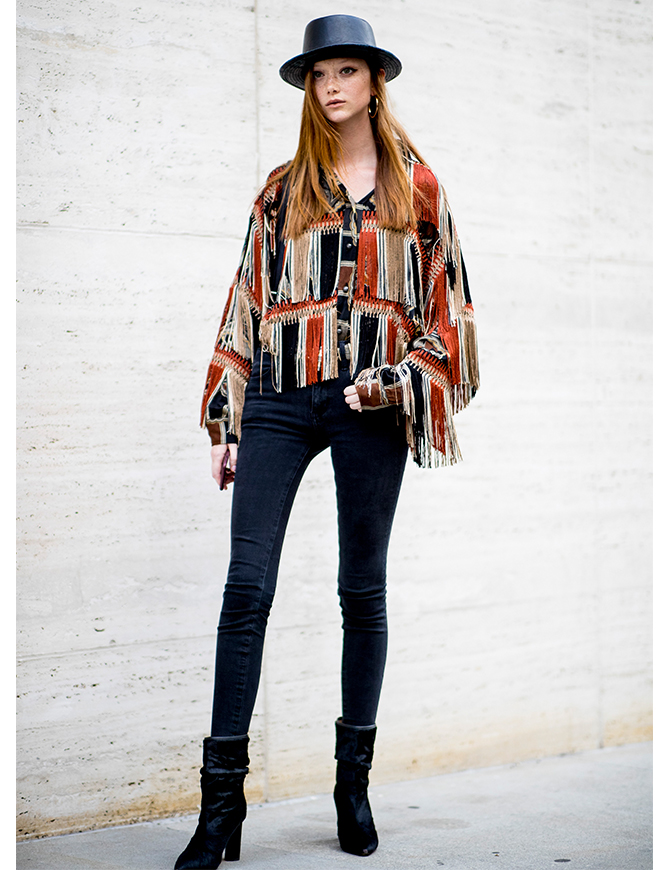
Love ‘em or hate ‘em, we can all agree that skinny jeans are considered one of the closet staples, and I’m sure most of you have a pair—or more—in your wardrobe. While I get the appeal—they highlight our curves and let you flaunt our toned legs—the skin-tight fit can compress nerves and lead to numbness and pain.
The Journal of Neurology, Neurosurgery, and Psychiatry recorded a case of a 35-year-old woman who was diagnosed with Compartment Syndrome—a condition from build-up pressure in a confined body space, which was made worse from wearing tight jeans. Her legs were so swollen that paramedics had to cut them off to remove them. While this, of course, is a rare case, according to a study from the British Chiropractic Association (BCA), skinny jeans are actually the number one culprit for back or neck pains as they restrict your body movement which affects your posture.
It’s the same for men as well—those who always wear super-tight denim skinnies which are restrictive around the groin area are at risk of urinary tract infections (yes, it happens to men too), bladder weakness, twisted testicles and more, as Medical News Today reports.
Solution: Thankfully, wide-leg trousers that strike the right balance between comfort and style are all the rage now, with slouchy jeans being one of my favourites at the moment.
If you’re not into flared cuts, there are many other designs that can still highlight the booty while giving your ankles more breathing room, such as straight-cut or boot-cut jeans. If you can’t bear to let them go, opt for slim-fit ones with extra stretch instead that’ll ensure comfort.
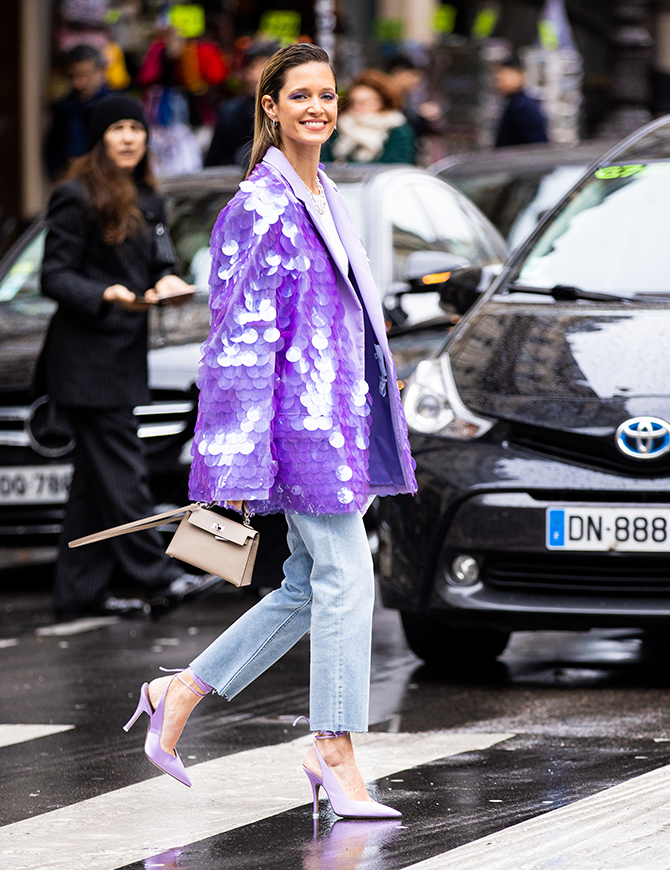
High Heels

High heels are the epitome of “fashion is pain”—can’t live with them, can’t live without them. While we all know why they play such an integral part in our outfits, it’s also not hard to understand why they’re bad for you.
When you’re wearing a pair, the downward extended position will increase the pressure on the balls of your feet, which forces your body to compensate for the shift of balance. Your calves, hips, and back muscles will become tense, there’ll be more pressure on your knee joints, and your ankles are forced to bend forward. Wearing pointy-toe pumps long-term might lead to bunions, hammertoe, and musculoskeletal problems, too.
Solution: Reducing the frequency of wearing high heels is, of course, the best solution, but if you must, opt for lower heels (that are equally chic, IMO), heels with platforms, or block heels that will help distribute your weight more evenly.
To enhance comfort, opt for insoles that will keep your foot from slipping, and try to steer away from pointy-toe designs that’ll cram your toes. And lastly, avoid wearing heels for long periods or while driving—always keep an extra pair of flats in your car to change into whenever necessary!
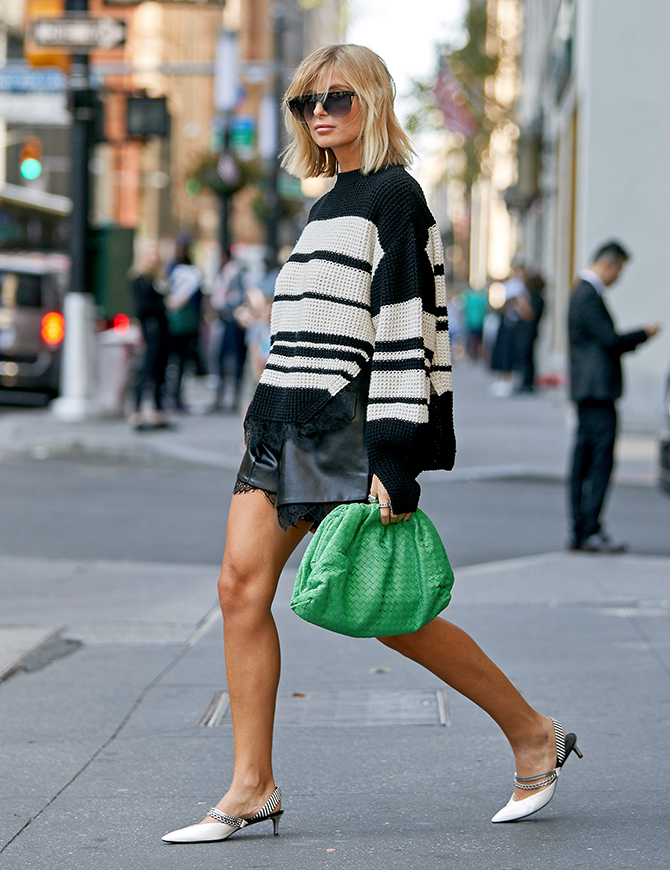
Ballet Flats
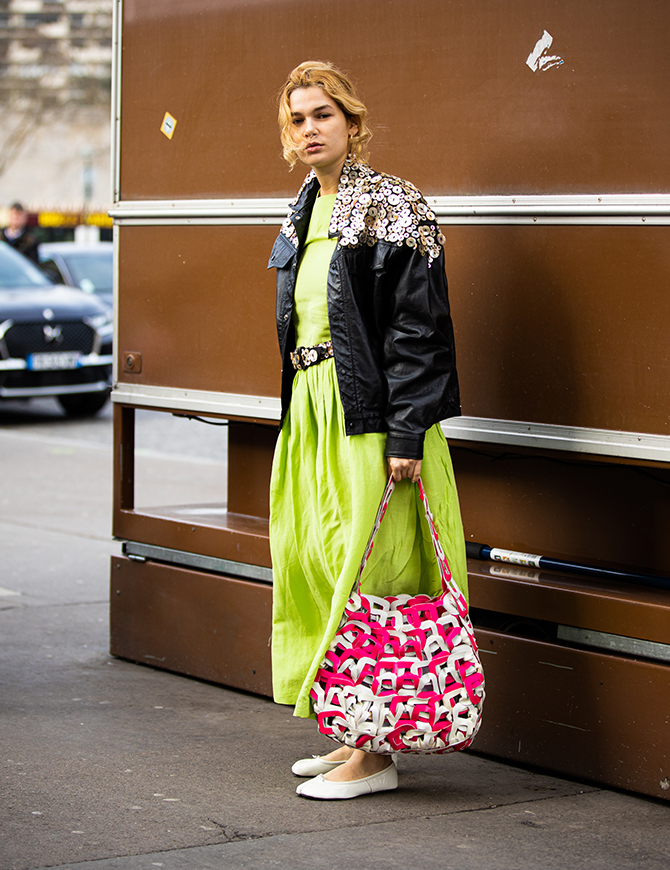
Did you know that high heels are actually not the worst shoes for your feet? In an interview with WhoWhatWear, podiatrist Robert Khorramian says that ballet flats don’t offer enough arch support, and wearing them for a long period of time can cause “metatarsalgia neuroma and plantar fasciitis” (pain in the balls of your feet and heels), and also “destroys the fatty tissue underneath the feet”, which results in the formation of calluses and corns. They also can lead to knee, hip, and back problems in the long run.
Thankfully, there are many flat options out there that will keep your feet comfortable and healthy. When you’re shopping for one, always try them on and make sure they have a padded footbed or memory-foam insoles so that your feet are properly cushioned, or rubber soles for better shock absorption. A roomy, rounded toe pair is great too, especially for those with wide feet (like me).
Solution: Other alternatives? Loafers or sneakers that are already considered wardrobe essentials at this point. Instead of finishing off your look with a pair of flats, we love the juxtaposition a pair of preppy loafers or street-cool sneakers give to an outfit.
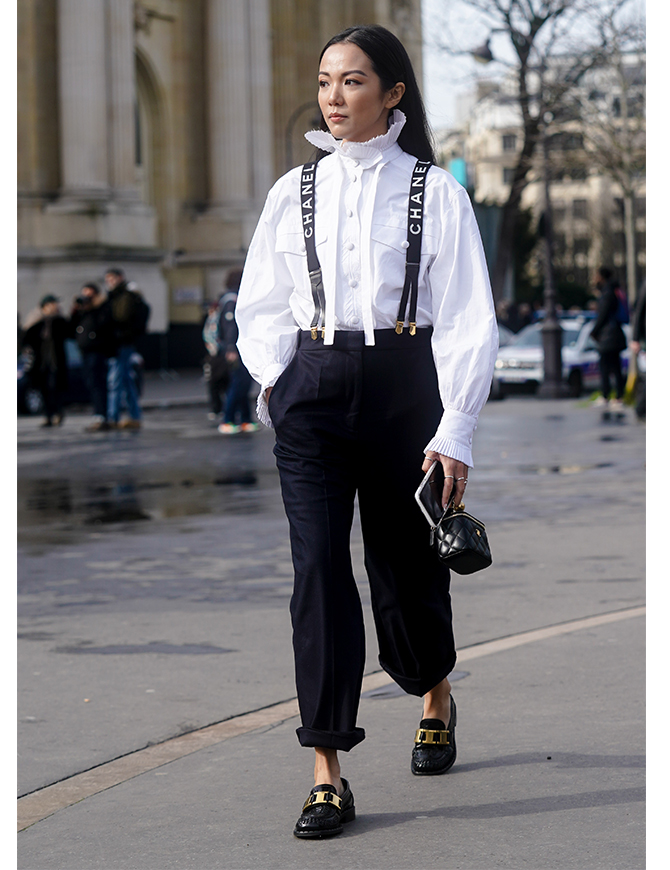
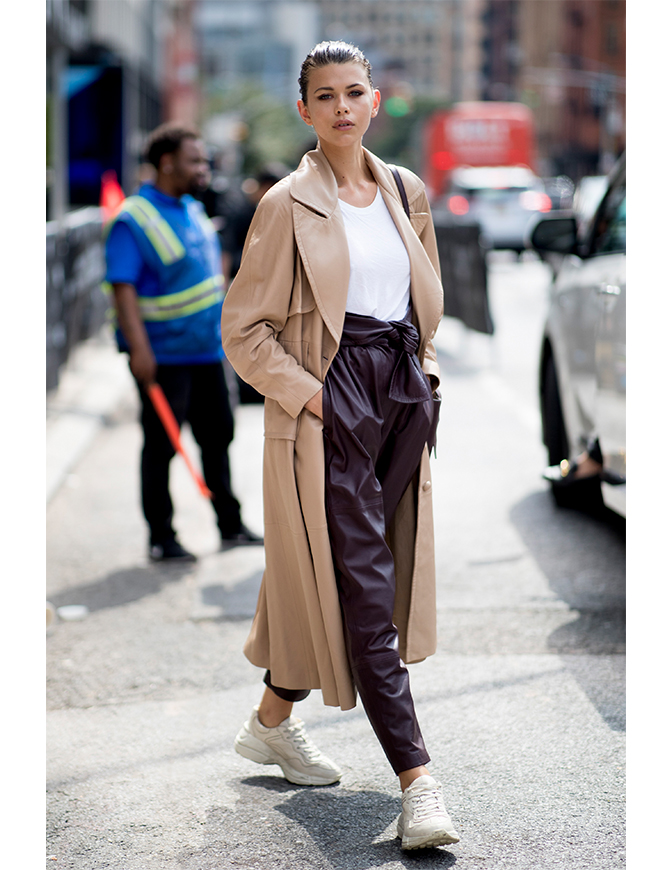
Flip-Flops
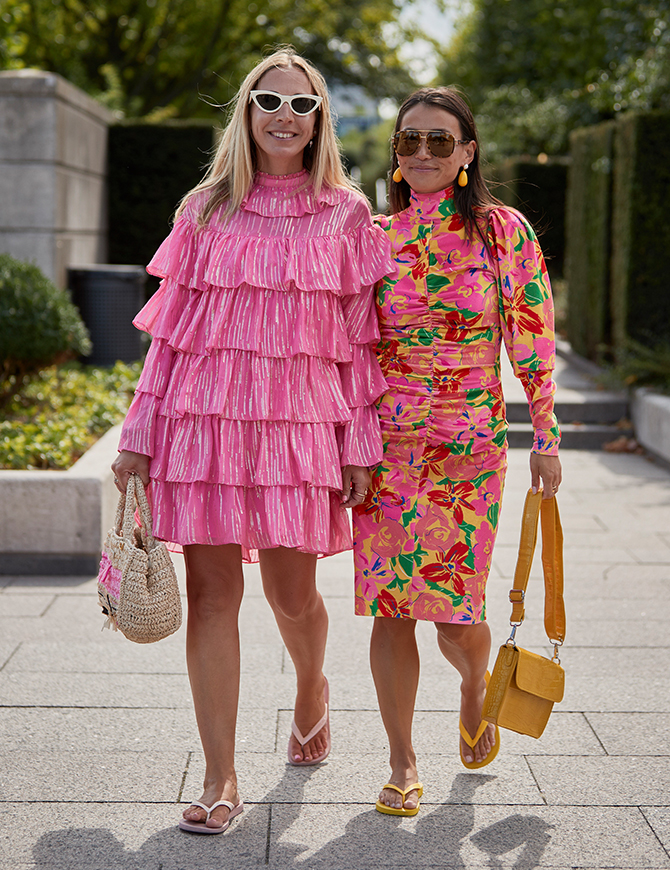
I hate to be the bearer of bad news, but our perennial favourite is also not good for your health. Yes, I know—flip-flops are comfortable, fuss-free, and perfect for our hot and humid weather, but they also put you at risk for foot problems due to the little arch support.
There’s nothing but a piece of rubber foam that separates your feet from the ground, and that puts an unnatural strain on your heels, which also affects your posture. Because you grip them with your toes, other joints have to compensate which can lead to chronic pain as well. A tip when you’re buying your next pair? Bend it in half—if they’re super flexible, it means they’re not providing enough support.
Solution: Reserve flip-flops for the poolside or the beach, and choose sandals that provide better coverage for your foot and arch support. Cue mandals—or dad sandals, as some call them—which are a chunkier and a more statement-making alternative to your usual sandals.
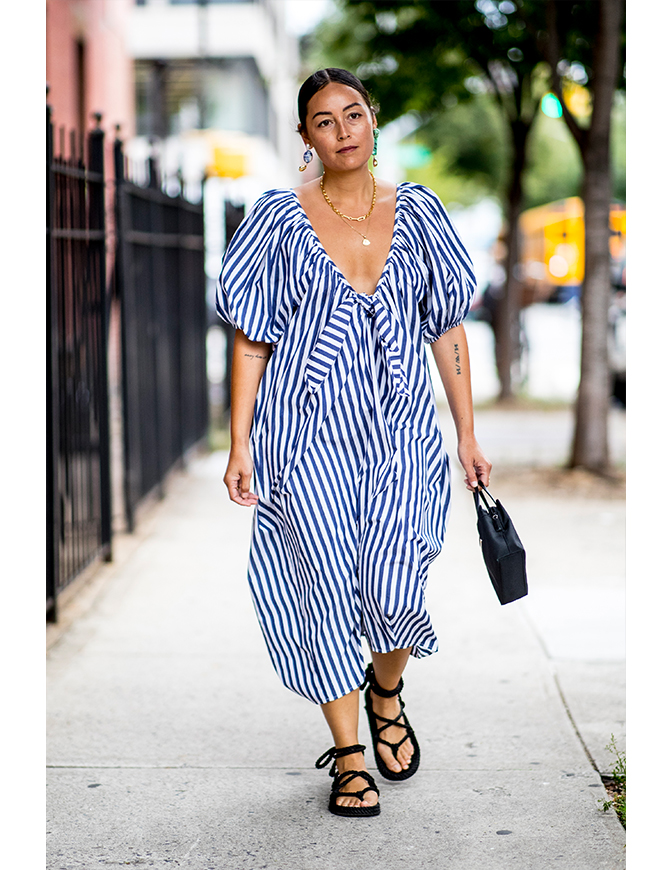
Shapewear
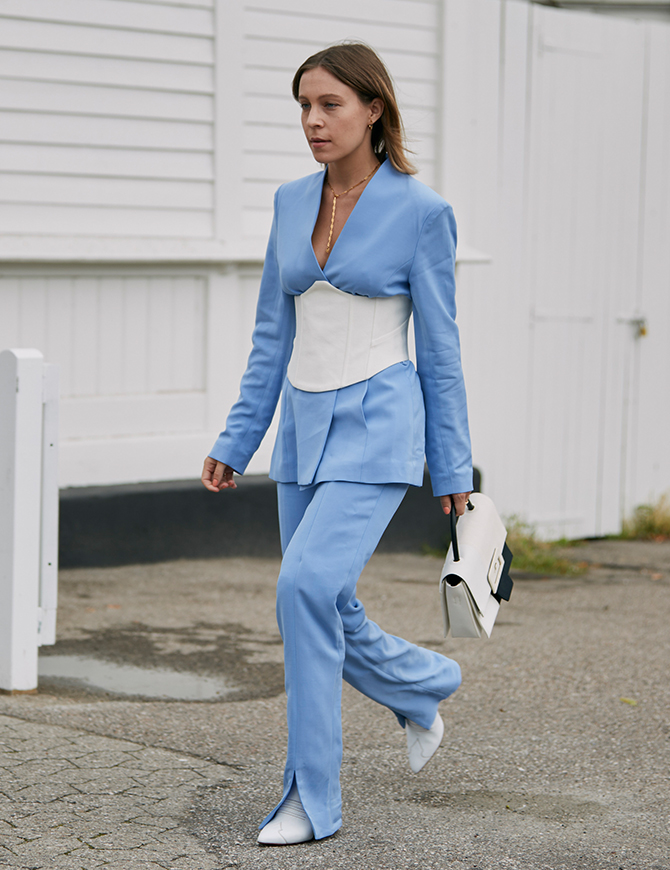
From Spanx to Skims, we all know the magic that shapewear brings—it flattens your tummy, smooths out any lumps and bumps, and it makes you look good in almost anything and everything, but relying on it too long or too often will put your health at risk. For one, wearing it for long hours “can lead to shortness of breath, if worn too snug, which decreases your oxygen supply, leading to lightheadedness and dizziness,” Mara Weinstein, a dermatologist tells Self.com.
On top of that, the tightness might even cause abdominal pain and may worsen acid reflux. You might also experience some numbness and tingling, as chiropractor Dr. Karen Erickson warned about ‘meralgia paresthetica’, which causes tingling, pain, and numbness in your legs due to a key nerve in your thighs being compressed, as stated in an interview with The Huffington Post.
Solution: Avoid wearing them for long hours, and never sleep in them. If you’re shopping for one, it’s best to go into a store and get a professional’s help for the right fit. If it shows bulges and rolls up, means it’s too tight for you.
Thongs
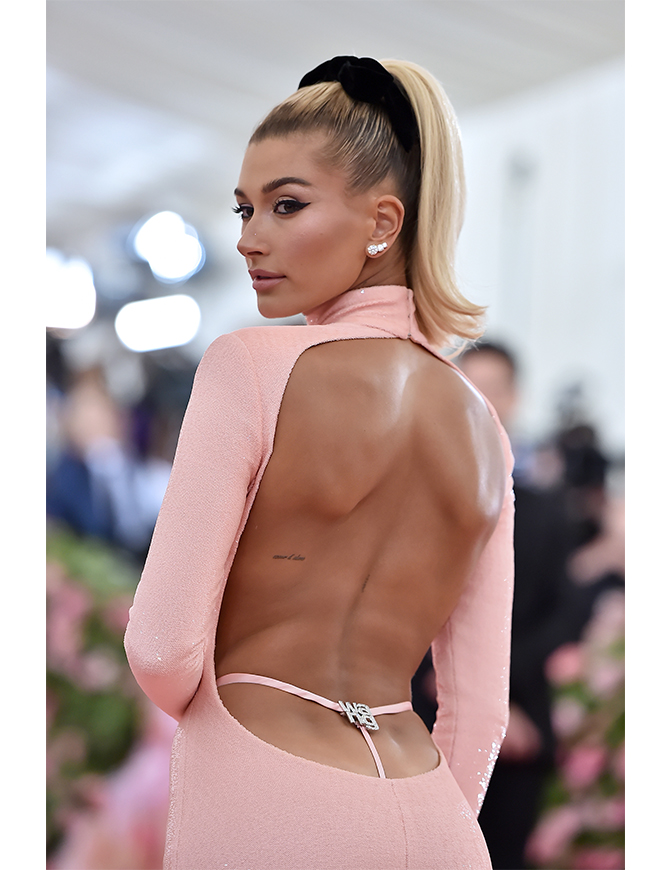
Underwear preferences are personal, but when it comes to thongs, we have an opinion. They might be great when it comes to avoiding VPLs, but they can also expose you to some pretty nasty health risks.
Less breathable materials such as lace and silk “allow more moisture to be trapped and more possible imbalance leading to infections,” as Dr. Shieva Ghofrany, an OB/GYN with Stamford Hospital tells Elite Daily. But most importantly, never wear them with your leggings for a workout! Rectal bacteria (yes, you read that right) can get transferred to your vagina and potentially cause Urinary Tract Infections and even E-coli (yikes!).
Solution: Thongs are perfectly fine if you’ve been wearing them regularly and have never encountered any health problems. But for those of you who are prone to urinal or vaginal infections, just know that your underwear choice might heighten the risk. Our suggestion is to opt for one in cotton material that’s more breathable. Also, wash them often and maintain your hygiene to avoid any major problems!
Oversized bags
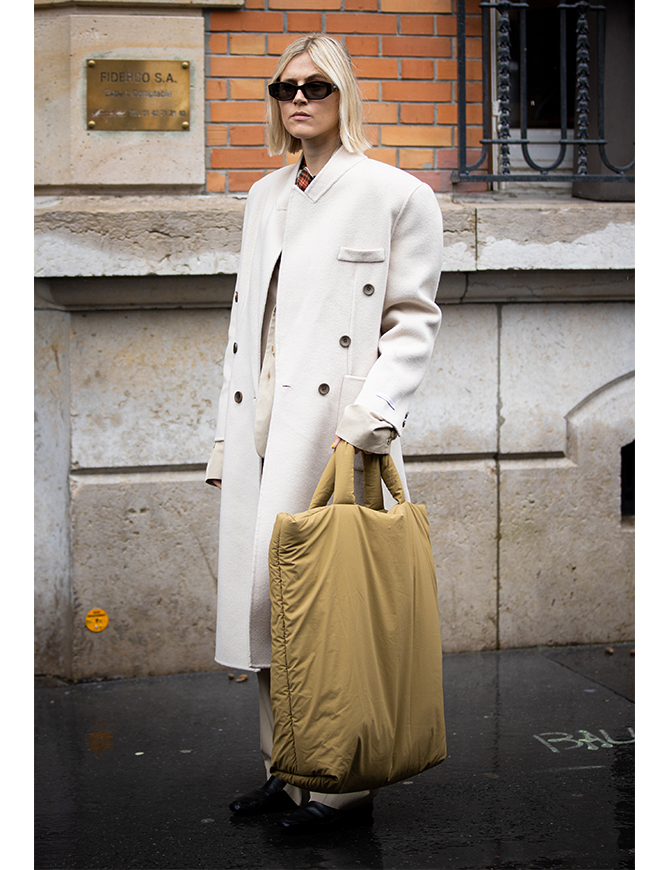
We feel you—there’s nothing like a roomy bag that can fit all your knick-knacks and more. Although one of the top bag trends this Spring/Summer 2020 is oversized bags, they might just be the culprit of your occasional shoulder or back pain, which can lead to more serious spine problems.
Carrying a heavy purse on one shoulder might interfere with your natural gait, which is the way your limbs swing naturally when you walk that keeps your body balanced. Aside from that, it will also lead to asymmetrical posture in the long run, and in some cases, arthritis can develop in your neck too, as Dr. Karen Erickson tells The Huffington Post. Also, if you often have tension headaches, just know that this might just be one of the causes.
Solution: Carry a backpack if you have too many knick-knacks to carry around, or else, switch shoulders every once in a while to balance the load. Our suggestion? Try leaving the house with just your essentials only (card, cash, and keys!), and train yourself by hopping on the mini-bag bandwagon!
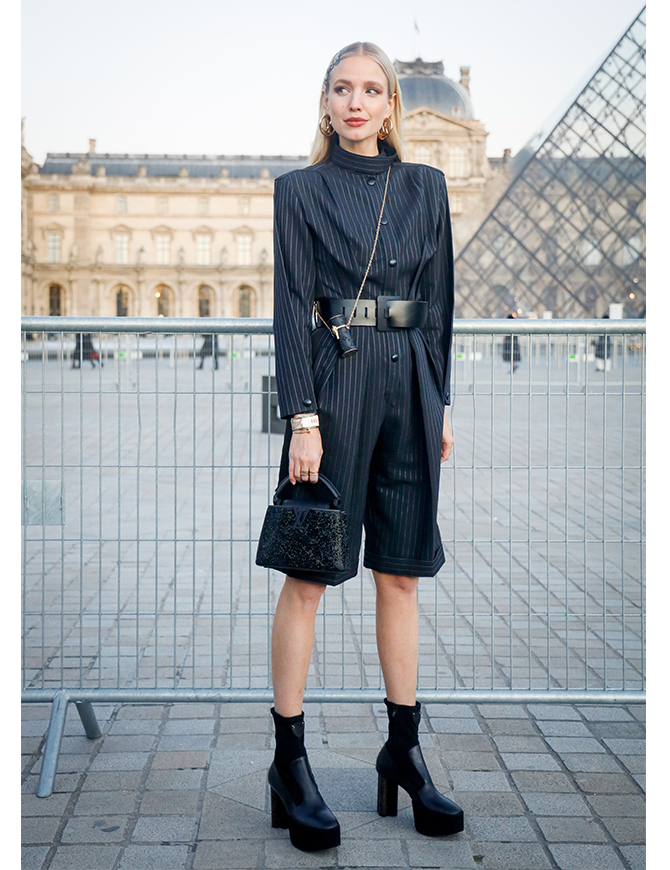
That said, we’re not asking you to eliminate these items from your wardrobe completely—knowing the risks that they may cause to your body is the first step to better health. At the end of the day, fashion should make you look and feel good.
| SHARE THE STORY | |
| Explore More |




